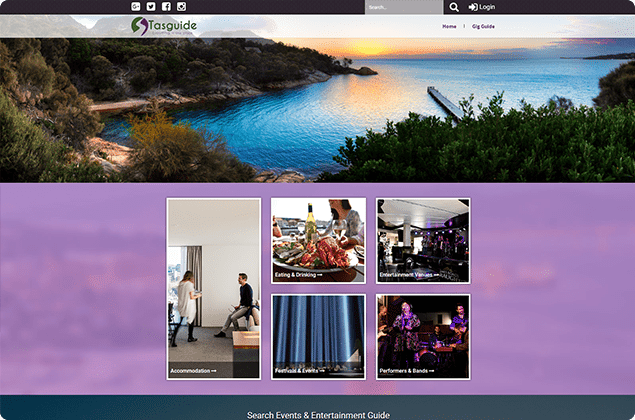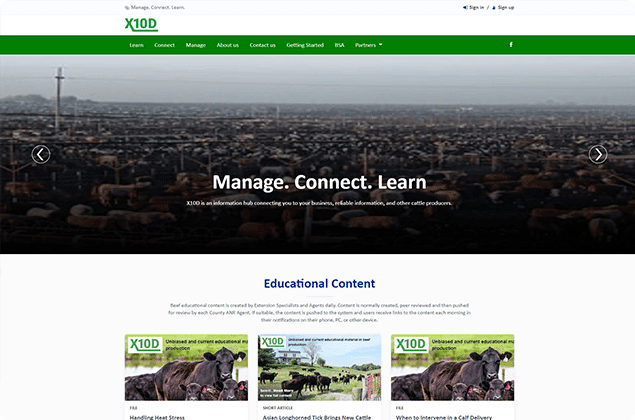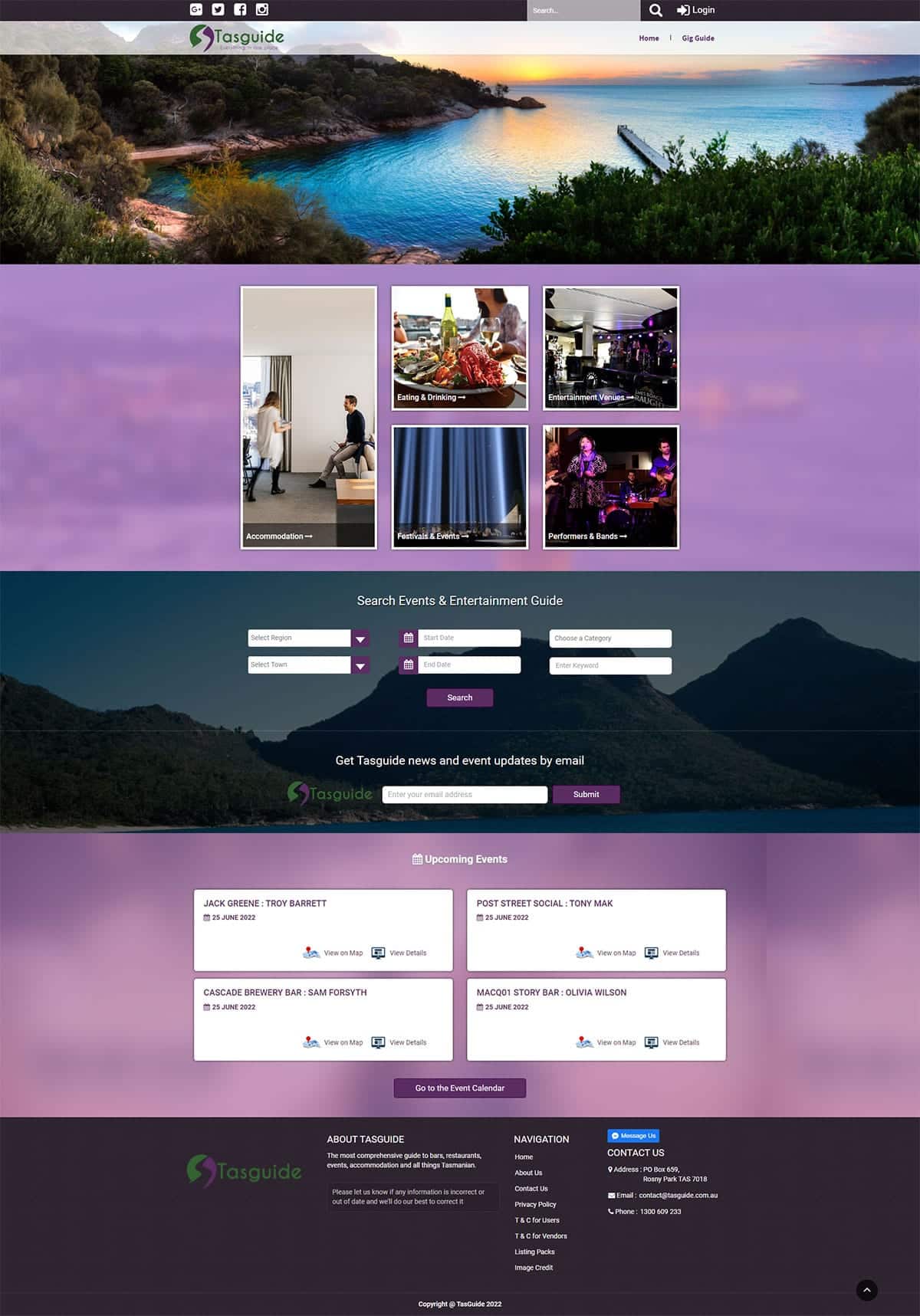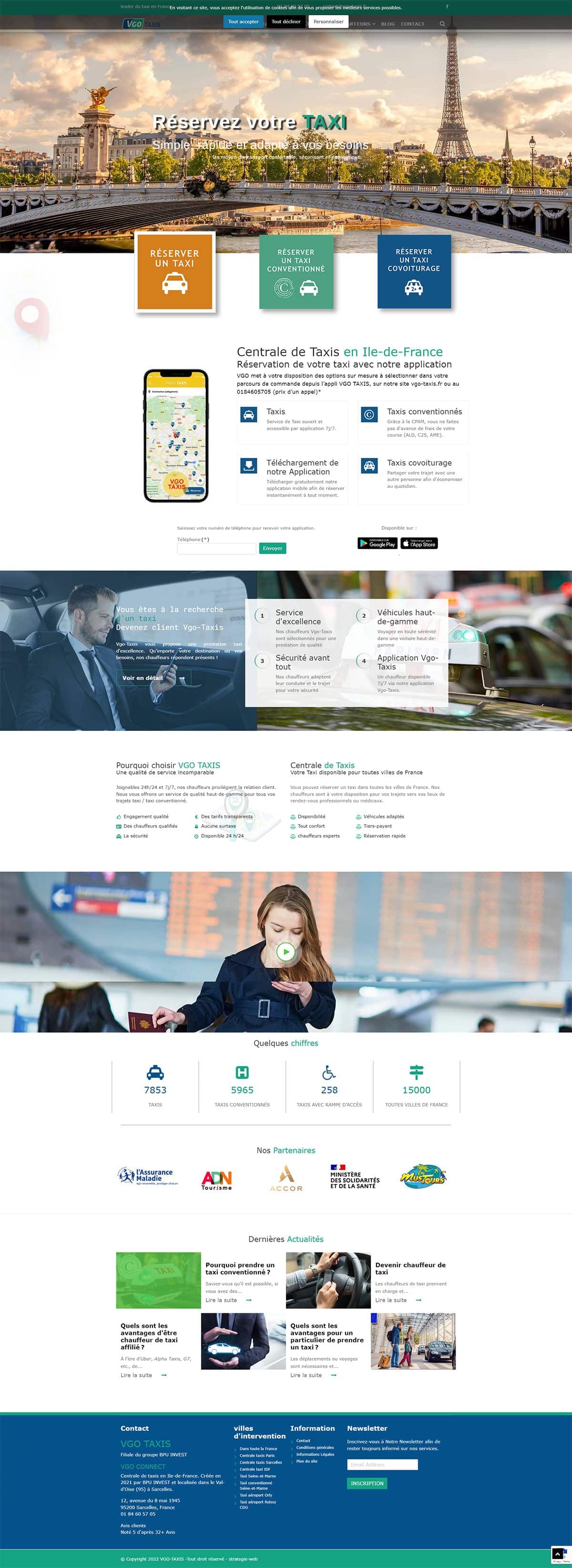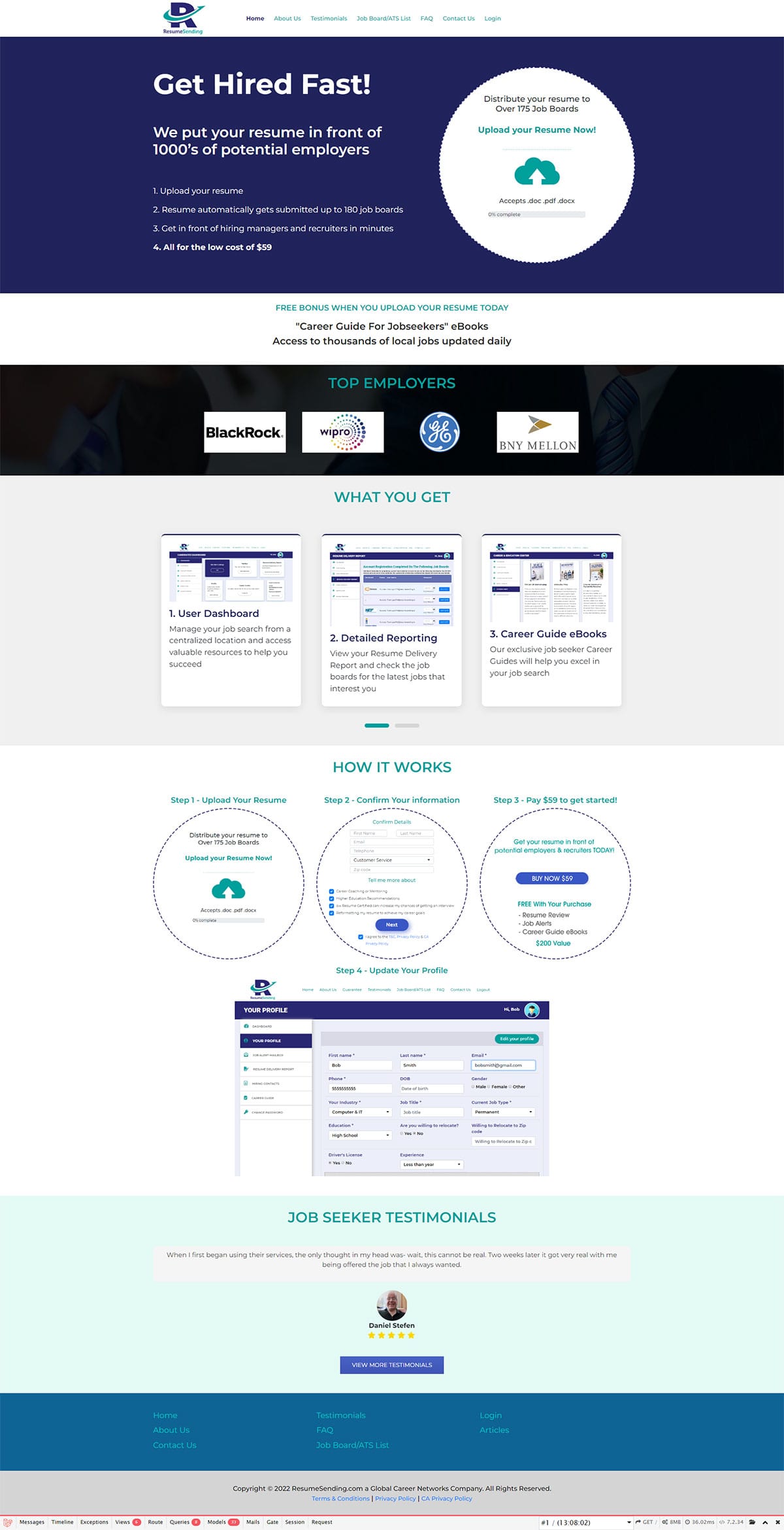There are many different types of e-learning websites, each with its own unique features and offerings. It is vital to understand the various elements to develop a successful online teaching website.
Here, we will discuss the must-have features of e-learning sites. As one of the top e-learning companies in India that offer e-learning website development services, we assure you that our list will be comprehensive, detailed, and exact.
- Admission forms: Forms allow potential students to apply for courses and programs online. The admission process for digital lessons is convenient and efficient. It is also a great way to promote and market your courses and programs. It makes the process of enrolling in courses much easier and faster. Also, allowing students to enlist online via these forms can help to streamline the entire admissions process, making it more efficient for both students and staff.
- Online Course Catalogs: There are several reasons why online course catalogs are essential for it. First, it provides a convenient way for students to browse and search for courses. They offer a comprehensive list of courses available to students and important information about each course. This information can include the course description, credit information, and prerequisites. Second, catalogs can help promote lessons to potential students. Also, it allows students to search for courses by keyword, subject, and more. Finally, it can provide valuable data to website operators, such as which lessons are most popular and which courses may need to be revised or removed.
- Analytics: Sites that don’t have analytics capabilities are missing out on a vital opportunity to improve their offerings. By tracking how users interact with the site, the providers can learn what content is most popular, which areas are causing confusion, and where users are dropping off. The information can help to make targeted improvements to enrich the overall user experience and enhance engagement.
- Managing student information: A student information managing system is one of the must-have features of online learning sites. This system offers a convenient way to manage and keep track of students’ information and performance. It is also the best tool for teachers to monitor their student’s progress and identify areas where they may need improvement.
- Module for creating courses: Successful sites offer a module for creating courses. It is a must-have feature, allowing instructors the convenience of creating and managing their lessons. The module typically includes features like creating and editing course content, adding students, and managing course settings.
- Measure student performance: Sites that measure student performance can provide more targeted and efficient instruction. By knowing how well students are doing on specific skills or concepts, instructors can more easily identify areas of weakness and tailor their teaching accordingly. This type of feedback is essential for helping students improve and ultimately succeed.
- Easy payment method: Website owners need to offer an easy payment method so users can purchase courses easily. Also, there are many benefits to having an easy payment method on e-learning websites. For one, it can make the purchase process much smoother for the customer. Additionally, it can help to build trust between the website and the customer. Knowing that their payment information is safe and secure can give customers peace of mind and make them more likely to return to the site in the future.
- Space for collaboration and communication: It must have room for collaboration and communication to be effective. It can be used for students to discuss course material, ask questions, and collaborate on projects. Without this space, online learning sites would be much less effective. Groups, chatrooms, blogs, forums, etc., are examples of the same.
- Tools for social engagement: Social engagement tools allow users to interact with each other and create a sense of community, which is essential for a successful learning experience. By providing these tools, e-learning websites can provide a more enriching and engaging experience for their users. It is also effective for marketing and promoting courses to a larger audience through shares and more.
- Dashboards: E-learning websites typically have a lot of content and features that can overwhelm users. Dashboards help to organize and present information in a way that is easy to digest and navigate. They provide users with an overview of what is available on the site and help them to find what they are looking for. Dashboards are an essential part of e-learning websites and can impact the user experience.
- Gamification: By incorporating game-like features into the learning experience, e-learning websites can make learning more engaging and fun. Additionally, gamification can help motivate learners to stay on track and complete their courses. For these reasons, incorporating gamification into an e-learning website is essential for making the learning experience more enjoyable and effective.
- Video conferencing: Video conferencing is a crucial feature of e-learning websites. It allows instructors and learners to connect in real-time, whether in the same room or across the globe. Video conferencing allows live, face-to-face interactions and collaborations.
- Brand Integration: There are many benefits to integrating brands into e-learning websites. First, it can help in trust building with your potential customers. Second, it can increase name recognition and brand awareness. It can create a more polished and professional look for the website. Finally, it can help generate income for the website owner. These benefits make brand integration a must-have feature for any e-learning website.
Hence, these are the top features you should consider when developing an e-commerce website.




